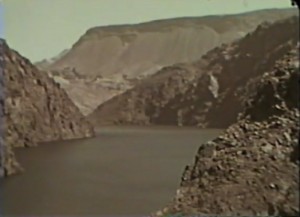
Educational short film presenting Boulder Dam (now known as Hoover Dam) as an example of a "wealth of the land in the form of energy."
"Down the Colorado River from Hite to the junction of the San Juan River in Colorado, via a power boat. This is a camping, sightseeing adventure in the deep canyons of the river. We are acquainted with the preparations for this trip Along the scenic canyon way of picturesque land and rock formations we stop to search out some of the birds, lizards, flora, and other life of interest to the nature lover. The placid and rugged beauty of this area contains some of the old Indian caves. From one of the campsites we go by foot to the famous Rainbow Bridge, a natural arch span of more than 300 feet. Canyons unlimited is an inspiration to those who love adventure" PSA Journal, Oct. 1962, 34.
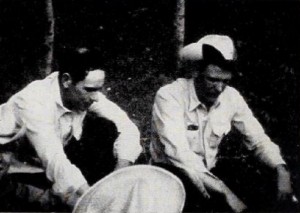
"Seventeen hundred feet of 16mm. color is a lot of footage through which to sustain audience interest. But, so help us, that is exactly what Lester F. Shaal has done in Colorado Diary, and we don't quite understand yet just how he did it. Perhaps it was the diary-entry continuity device he used, which, with the entries being made in situ on a Colorado dude ranch, permitted a refreshing infusion of flash-back sequences amid the day-to-day activities. ("The flight out here was glorious," notes the attractive diarist, and some superb air footage lends variety to the routines of the corral.) Perhaps it was the side trips from the ranch to ghost mining towns — or to Durango and the narrow-gauge railway country. Whatever the secret, Mr. Shaal has mixed it well with his usually impeccable camera work. Seldom have the vitality and majesty of the West been portrayed more movingly than in Colorado Diary." Movie Makers, Dec. 1951, 410.
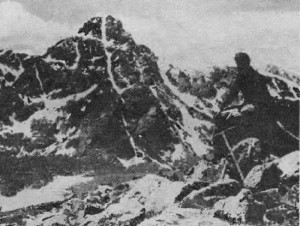
"In a color chucklelogue Midgley will show spectacular pictures of Colorado today and give a nostalgic look into Colorado's colorful past. . . . The film features Denver, Pikes Peak, the Garden of the Gods, the Royal Gorge, Estes Park, ascent of Longs Peak, Trail Ridge Road, skiing at Aspen, and pictures of ghost towns and horseless carriages. Some of these pictures, filmed in excellent color years ago during the last days of the Narrow Gaugers, could never be replaced." The Clock Tower, Oct. 17, 1969, 1.
"Sept. 1944 - 489 miles by Bicycle over the Rockies." UCLA Film and Television Archive.
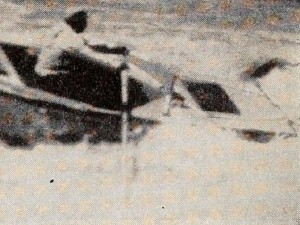
"In Grand Adventure Louise Fetzner presents a lively record of a daring run through the wild rapids of the Colorado River, as it courses the Grand Canyon from Lee's Ferry to Lake Mead. While thrilling scenes of the intrepid boats and boatmen provide the film's drama, Mrs. Fetzner has not overlooked human interest sequences on the small daily activities of these hardy adventurers. Generally good in photography and editing, the film falls off in pace somewhat in its latter portions. And perhaps the frequent inserts of a title-map of the Colorado are more hindrance than help in what is essentially an action picture." Movie Makers, Dec. 1952, 340.
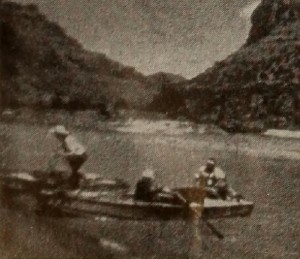
"Louise M. Fetzner is a housewife who plainly likes the thrills of running the rapids down dangerous rivers while she makes movies that really move! In Green River, Mrs. Fetzner has a well paced, well photographed and altogether literate account of the adventures which she and her companions had on the Colorado's main tributary. The film is interesting and exciting, and tells its story concisely and without padding. The accompanying narrative is written and delivered effectively, although occasionally the level of the background music rises to overwhelm the narrator's voice." Movie Makers, Dec. 1953, 344.
"A diesel followed by yesterday's steam locomotives lay the contrasts for this journey to yesterday. Rio Grande's old seam locomotive 473 takes us from Durango to Silverton, Colorado, through the wild country where enroute we see things today as they were yesterday. Throughout this trip we feel the realism of the sound accompaniment, so tastefully a part of the picture. The maker of this film was well aware of the need to include people and human interest, and it did it well" PSA Journal, Nov. 1959, 48-49.
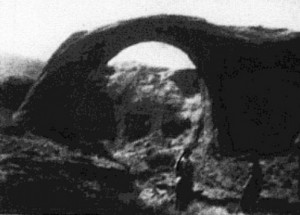
"After years of seeing the rugged Colorado River conquered by small parties of adventurers as rugged as the river itself, O.L. Tapp has produced Land of the Rock Up Over, a film in which a party of perhaps half a hundred young men and women thoroughly enjoy a mass invasion of the river country in seven large rubber rafts and only one cataract boat. The charm of Mr. Tapp's capable but perhaps over-long film lies in the companionship, fun, and excitement that stem from the very size of the exploring party. Admittedly in the river passage from Hite, Utah, to Lee's Ferry the river's most dangerous rapids have been avoided. But who cares - the group had fun! Skillfully photographed and with an interesting narrative well-recorded on magnetic stripe, the film holds audience attention by its very competence throughout its considerable length" PSA Journal, Jan. 1955, 50.
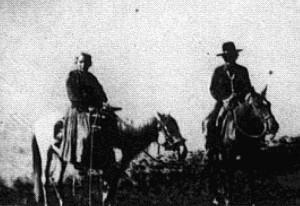
"The wilderness of Colorado where the visitor may wonder how the Indian can extract a livelihood from the dry, treeless land. To be sure, there are trees, and some with the raiment of ghosts, from which life long ago departed. The rugged Indian does eke a living from this waste, mostly from sheep, goats, weaving, and trinkets. The film is a record of these things in well chosen settings, including a desert storm" PSA Journal, Oct. 1961, 49
Total Pages: 2